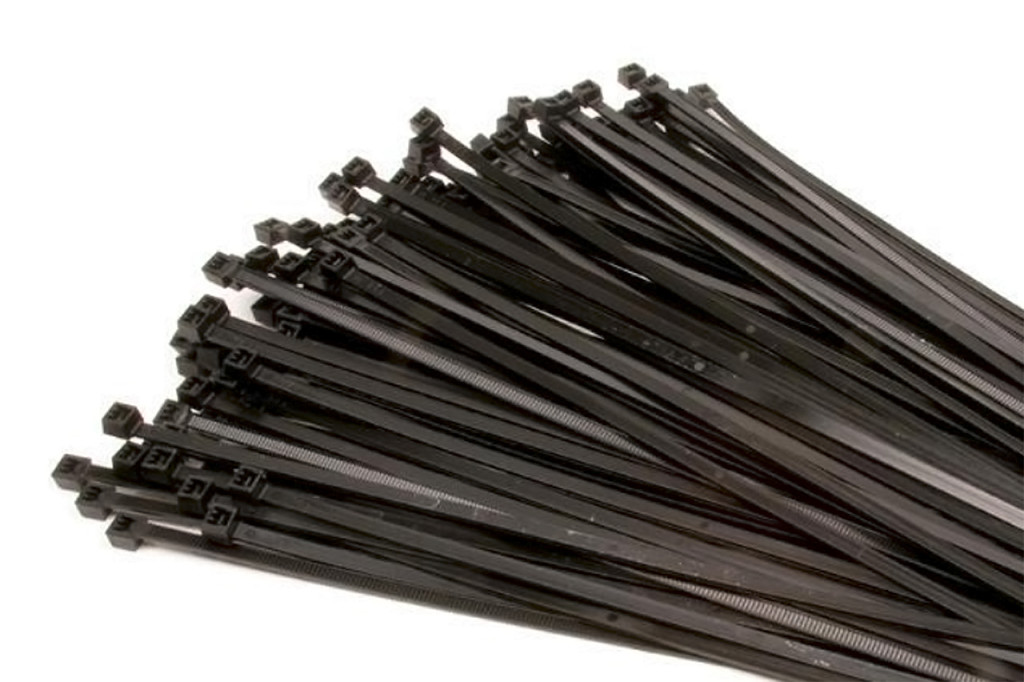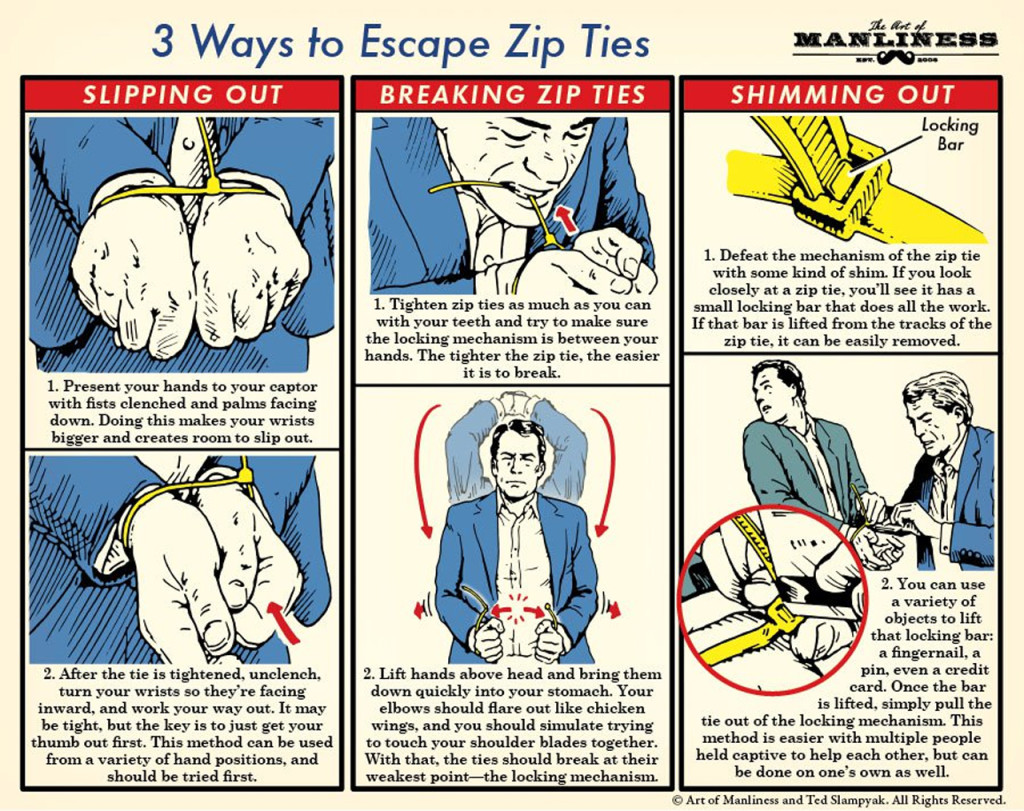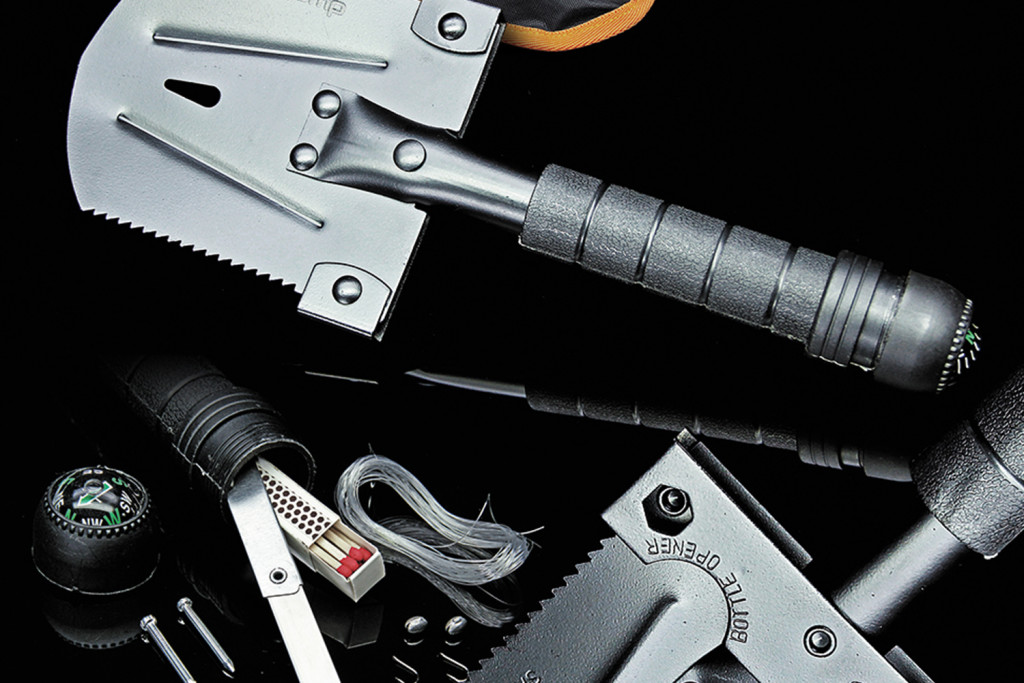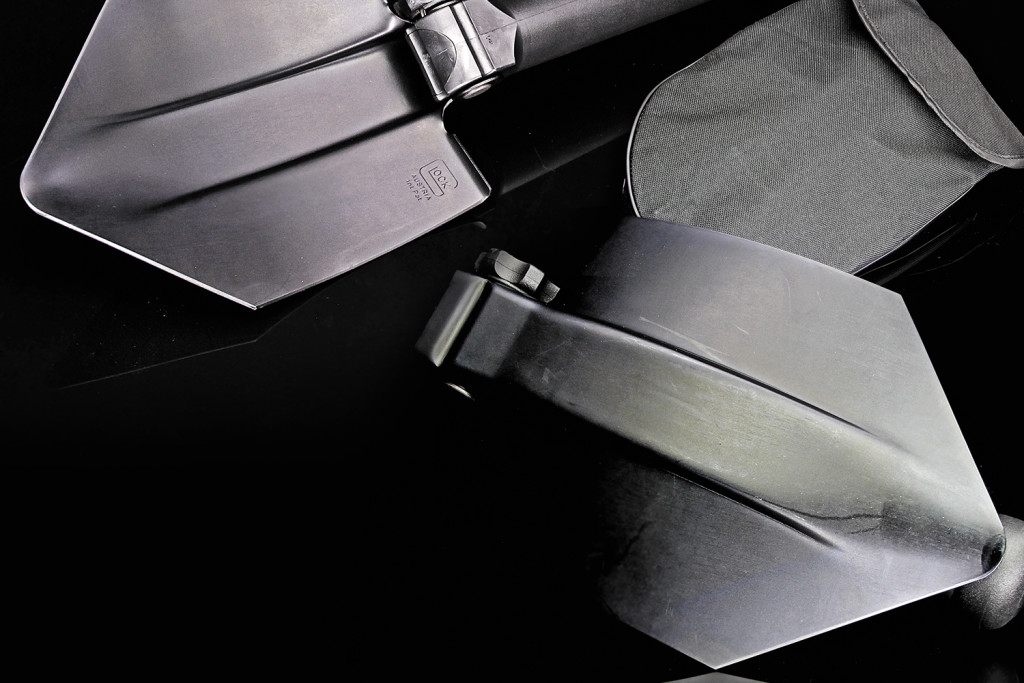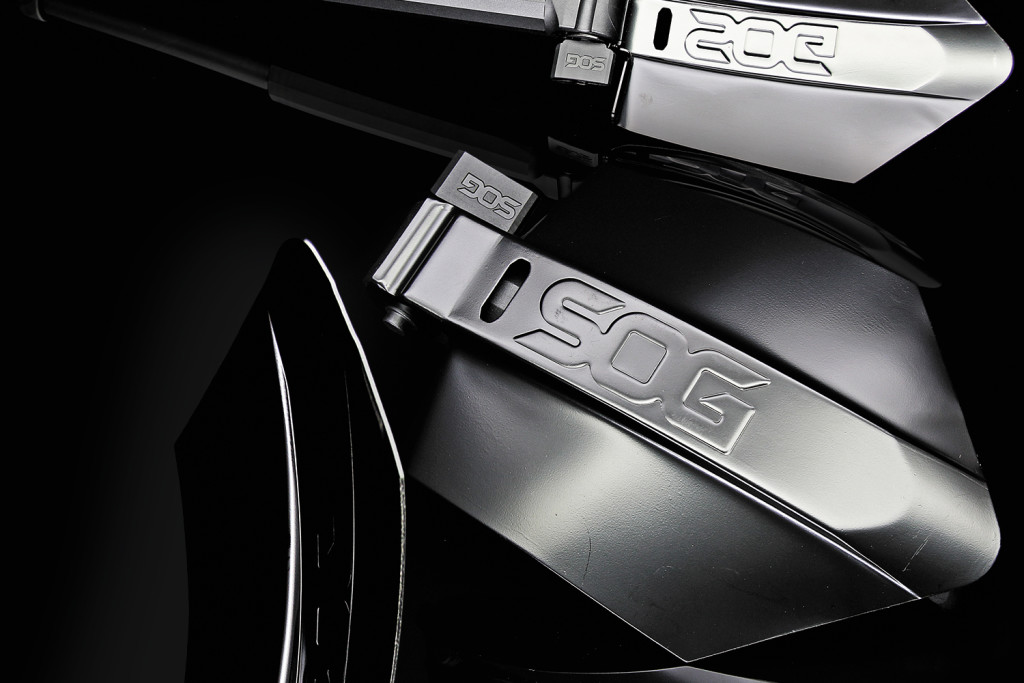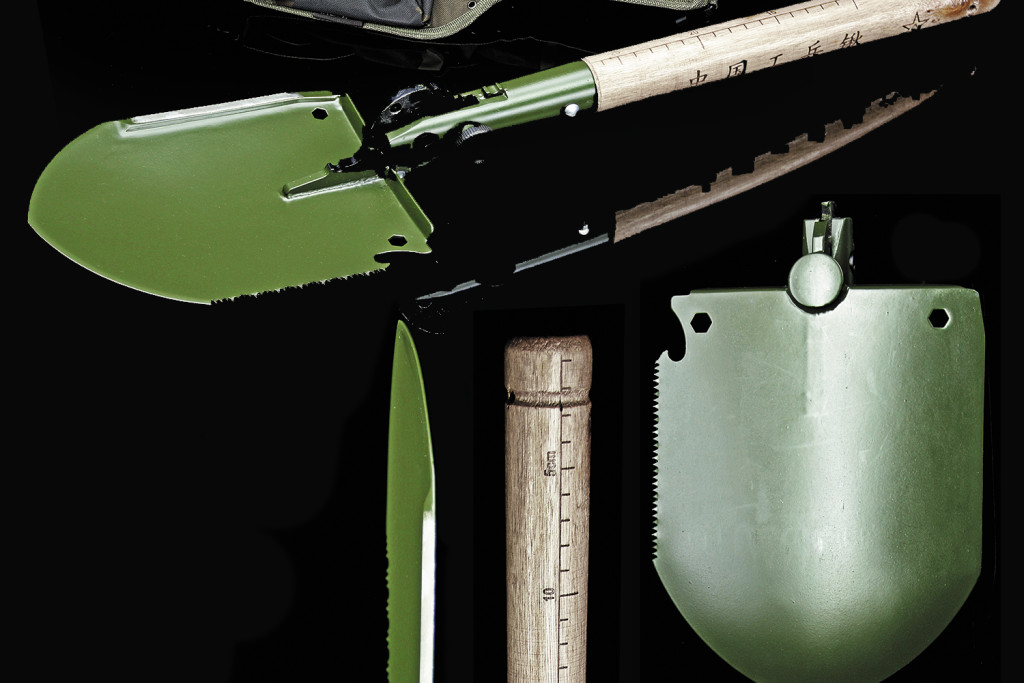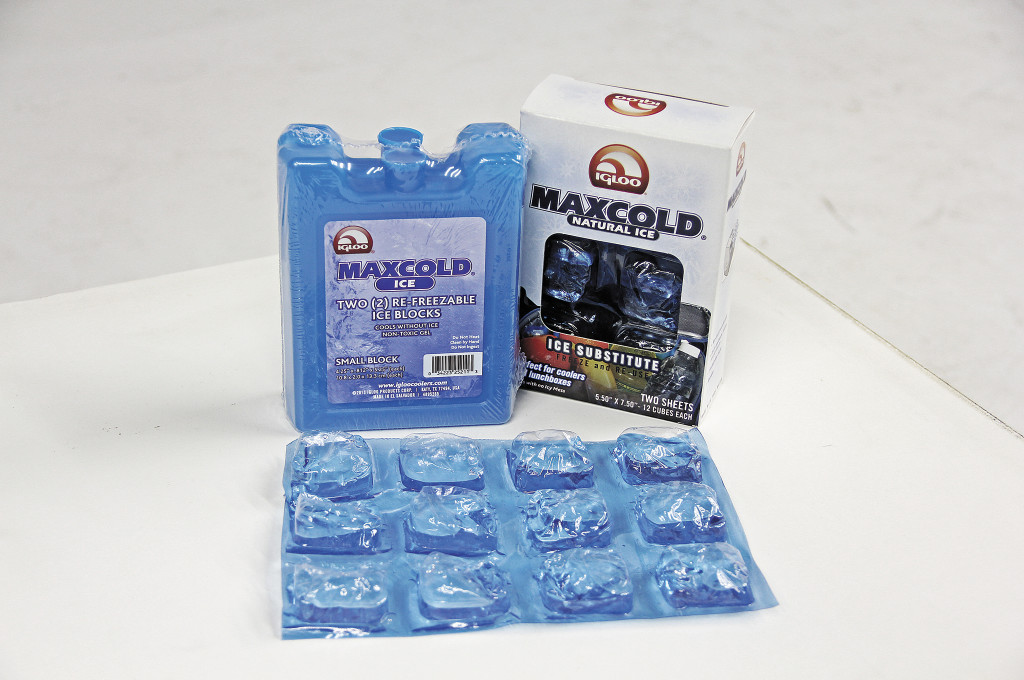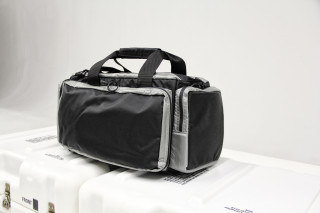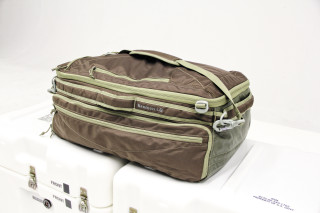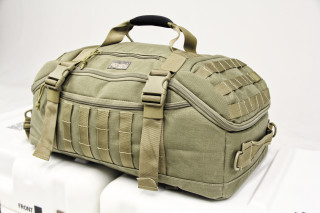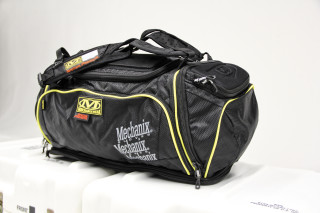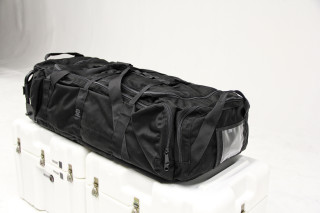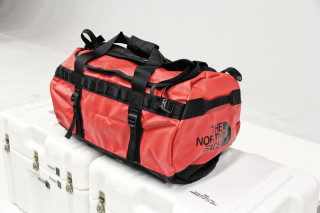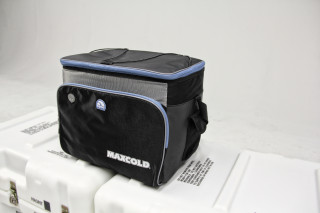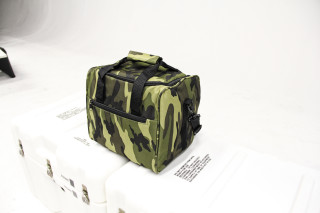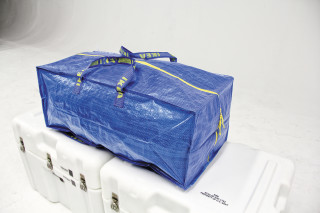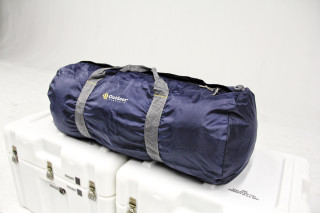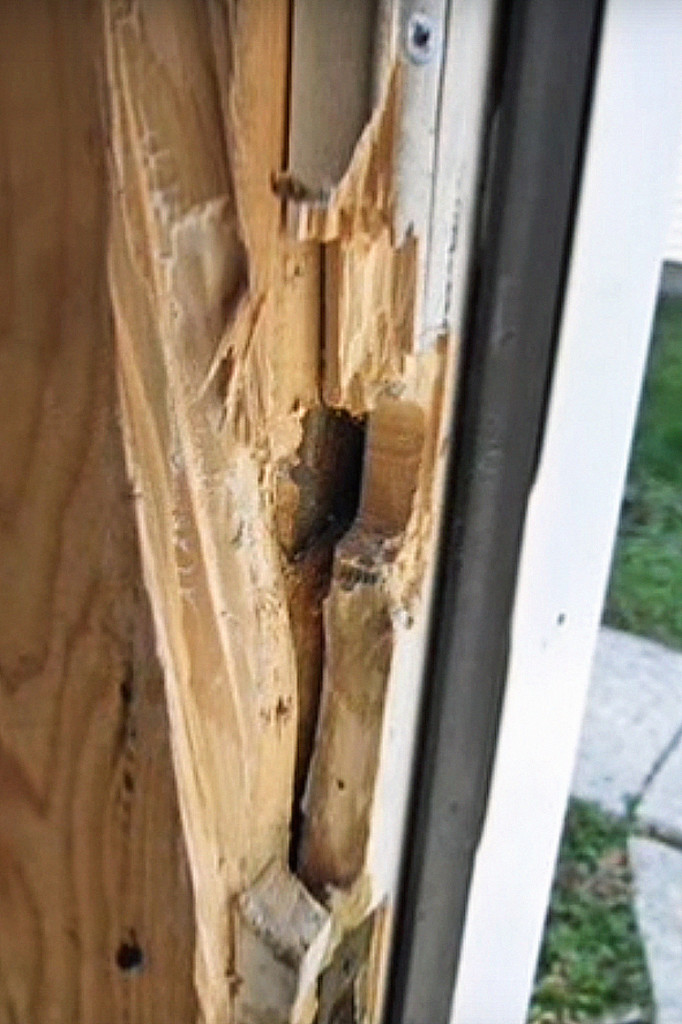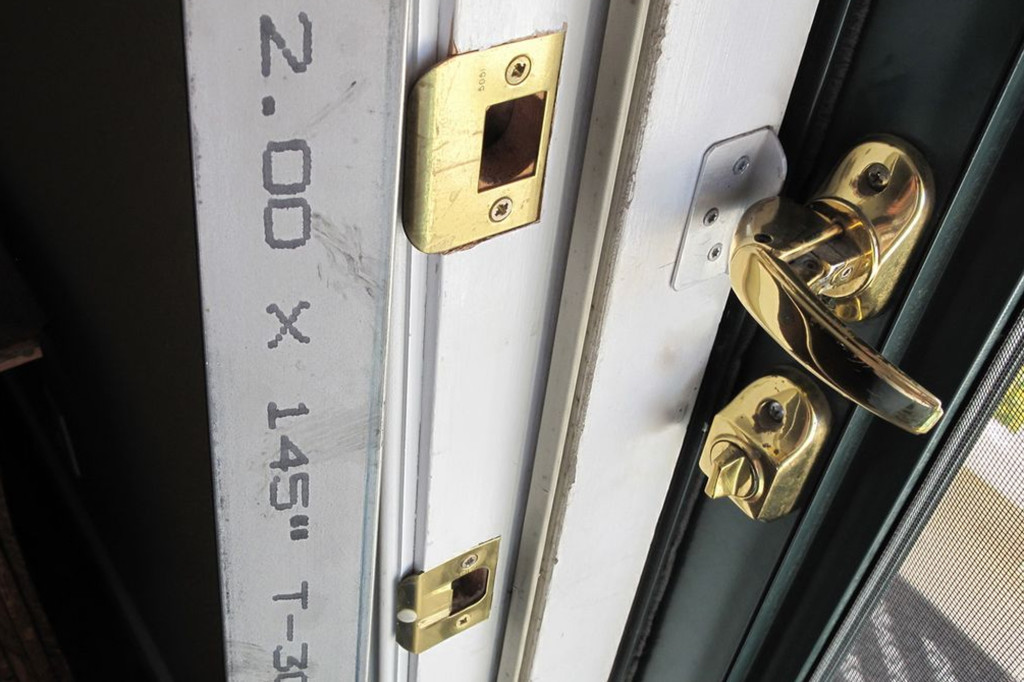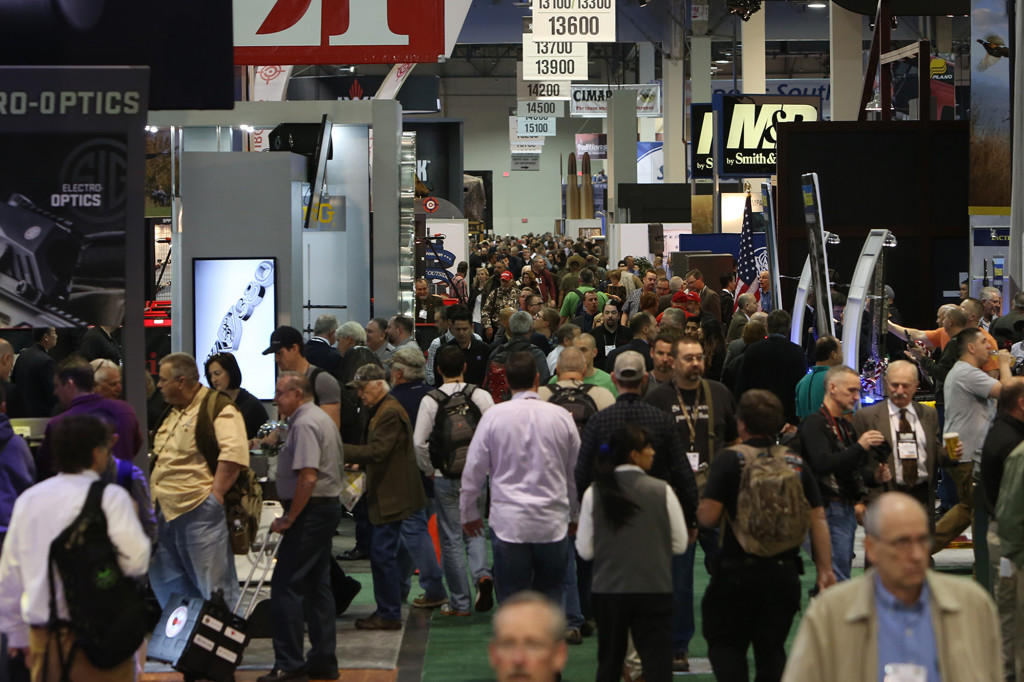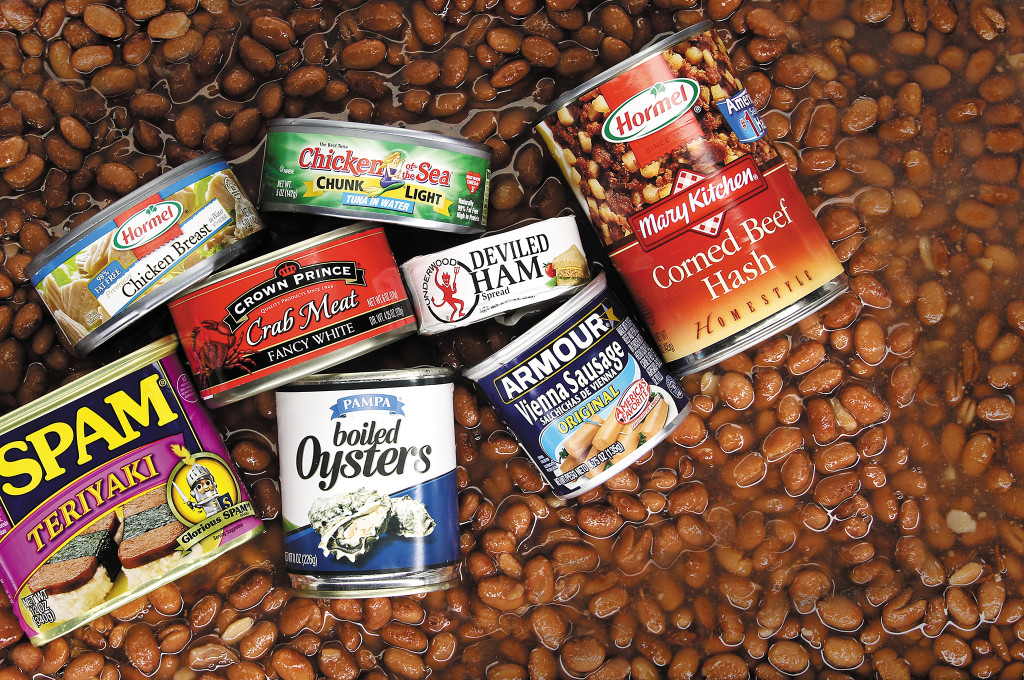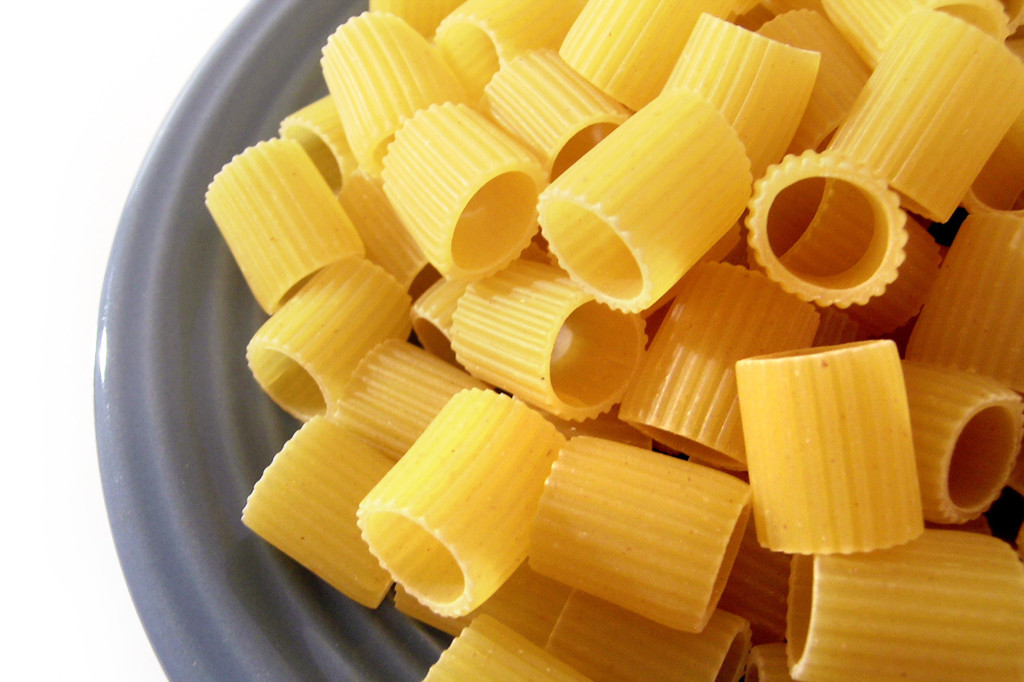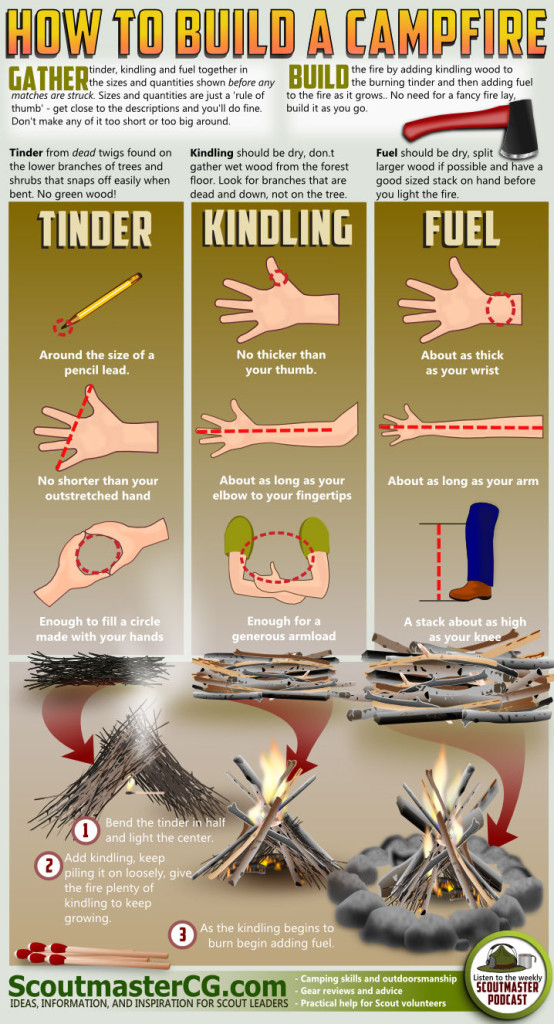When crap meets fan, the most common response city folks have will be to use their cars to get out of the proverbial toilet. But if you think you're going to pack your go-bags and your family into a PT Cruiser and evade the incoming catastrophe on the highway, you're seriously mistaken. History has proven that when wide-scale emergencies strike unexpectedly, freeways become giant parking lots. City streets get jammed like strawberries with panicked people hoping to get out of Dodge. And short of flagging a rescue helicopter or utilizing a DeLorean to jump space and time, you'll be stuck to ride out the calamity wherever you happen to be — unless you have a bug-out vehicle.
For urbanites, bugging out (or evacuating when danger is imminent) is possible only in a vehicle that can handle the terrain when the pavement ends and the backcountry begins. And that's just the start. So, even a stock pickup truck won't cut it, let alone a family sedan.
Clayton York understood this concept well. As an import-car enthusiast, he knew his way around an engine bay, which also meant he knew the inherent limitations of using, say, a lowered Subaru Impreza WRX in a SHTF scenario. So, applying his knowledge as a car nut, York set out to build a truck that could serve as both a camping mule and a hardcore off-grid rig. He accomplished his goal of building this Toyota Land Cruiser after two years, more than $30,000, and a lot of assistance from friends — such as his former employer Adventure Trailers and ex-coworkers David and James Argust, who helped with custom coatings and some woodwork.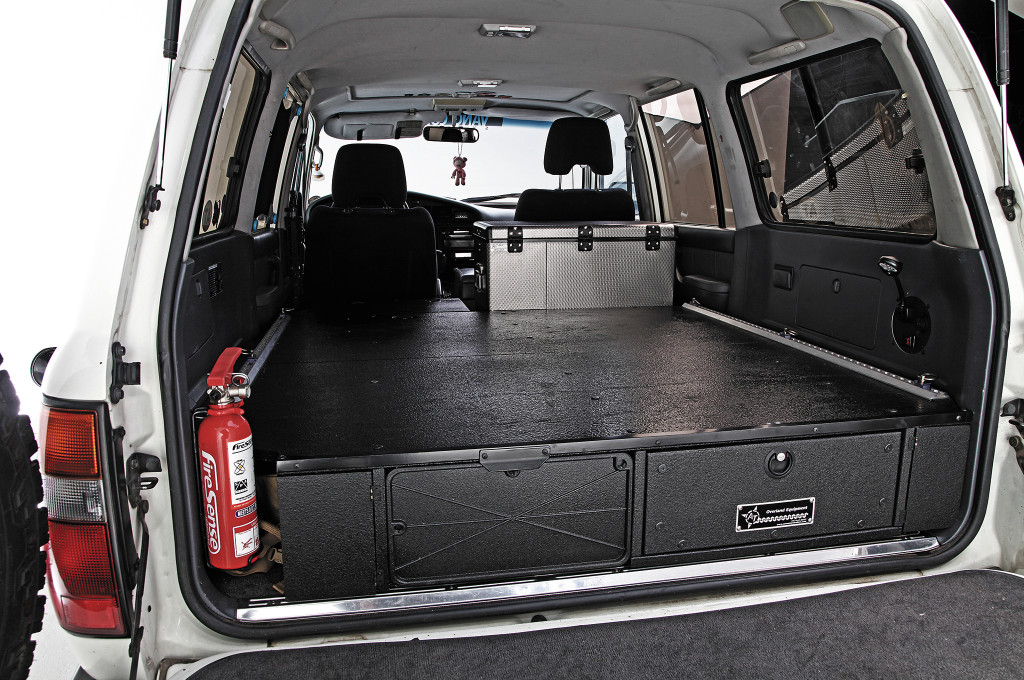
Whether you're looking to soup up your commuter for some outdoor adventures or you've already begun building your own Landmaster for a Damnation Alley-style dystopian future, read on. You're sure to pick up a few prepper pointers.
Make and Model
Let's be clear: there's not one be-all, end-all automobile to start with when building a rig for the end of the world as we know it (TEOTWAWKI). Car, truck, SUV, or ATV? Everyone's situation is different, so the make and model of your vehicle is highly dependent on your needs, driving skills, surrounding environment, and (perhaps most significantly) the size of your wallet.
Money's no object? Then consider an overland expedition vehicle. Some combine the luxuries of a high-dollar RV with the powerful capabilities of a heavy-duty work truck, such as the EarthRoamer XV-LT (www.earthroamer.com). Others, like the Survivor Truck (www.survivortruck.com) featured in Issue 8 of our sister publication RECOIL, are geared more toward security and surveillance — it is resistant to electromagnetic pulse attacks, after all. Maybe you're good on two wheels and plan to face the apocalypse solo? Consider a dual-sport bike, which can easily slip through traffic jams and handle wooded or desert terrain with ease (see RECOIL Issue 10 for proof).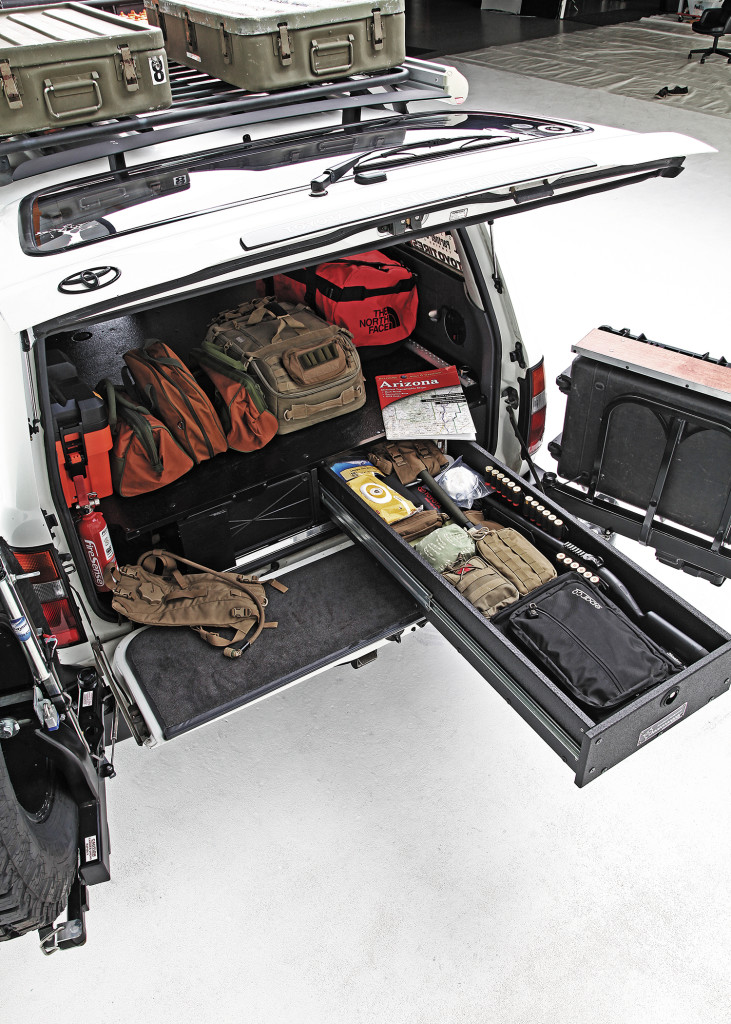
York needed a rig that would be affordable and versatile. He looked for an SUV that could work as a daily driver, a camper, and a SHTF rig. While other preppers like to use Ford Raptors, Jeep Wranglers, or Toyota Tundras as the base for their “bug-out-mobiles,” York sought out an 80-series Toyota Land Cruiser and found a 1994 model that fit the bill for just $2,200.
Engine
Why an older Land Cruiser instead of, say, a brand-new Corolla? Well, aside from the lack of cargo space, the sedan has a 1.8L engine, which is a puny. Think about it this way: a 2-liter soda bottle holds more volume. An off-road vehicle, and specifically a bug-out rig, needs to have a powerful motor to meet the brutal demands Mother Earth will put on it.
With four-wheel drive and a 4.5L six-cylinder engine, the Land Cruiser had the heart and the legs to grow into an off-road beast. York had just one problem with the Land Cruiser he found: it had a blown engine. That didn't faze the car nut, who replaced the motor and related parts at an additional cost of $2,800. He also added a Safari Snorkel system with an air ram that can rotate, ensuring that the engine not only gets cool, clean air, but is also protected from precipitation — whether he's driving over a small creek or through a snow storm.
Suspension
Very rarely does a factory suspension system come even remotely close to meeting the demands of off-road driving. Encounter a TEOTWAWKI scenario? Forget about it! A stock truck will just get stuck in a ditch or hung up on some rocks.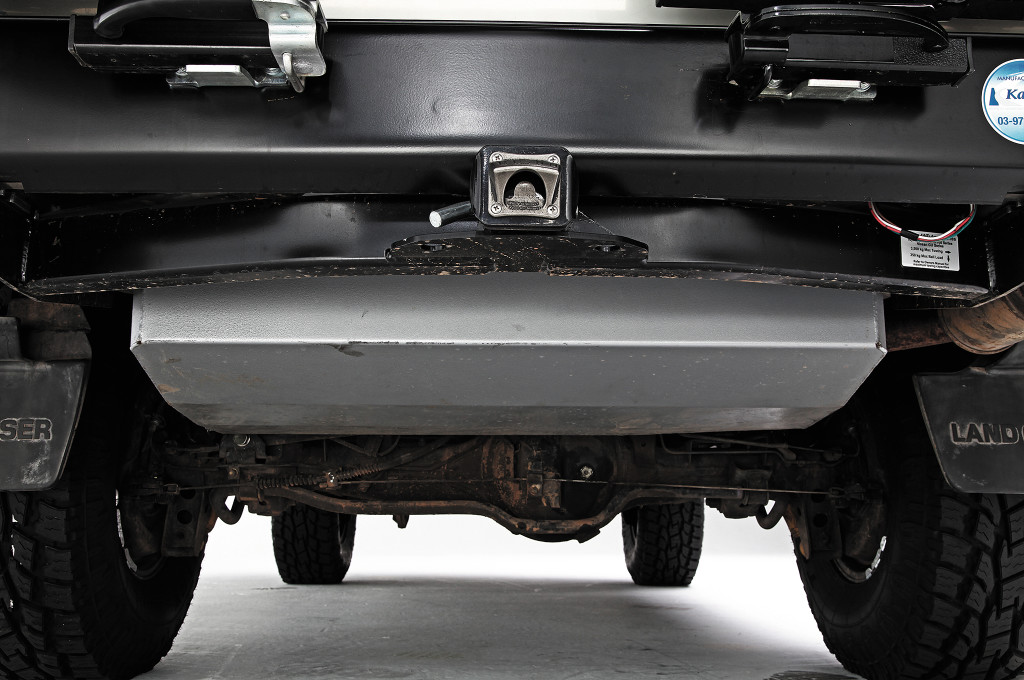
So, York had Nichols Autofab in Prescott, Arizona, replace the worn suspension with brand-new OEM heavy-duty shocks and springs, as well as 30mm polyurethane rear-spring spacers — all of which help the Land Cruiser absorb hard landings, whether they come from driving down from higher elevations or from evading danger over bumpy terrain. The Land Cruiser also has a 3-inch lift kit with adjustment brackets so that it can better clear obstacles, such as road debris, fallen trees, or downed power lines. He also installed new OEM lockers with a center differential lock switch, which provides extra traction by forcing both wheels to turn in unison.
Wheels and Tires
Some people think that all they need to drive off-road is a powerful 4WD truck with hardcore suspension. What they fail to realize is that without complementary wheels and tires, they'll be going nowhere fast. If the wheels aren't strong enough, they can actually deform under all that torque and compression delivered to it by the axle and the force of gravity. Low-quality tires can easily disintegrate once driven off asphalt, while the wrong type of traction could send your vehicle spinning into a rock face or careening into a ditch.
York installed powdercoated OEM wheels because they're reliable and time-tested, rather than go with flashy aftermarket wheels that can crack. He swapped out the tires for a set of Toyo Tires Open Country A/T II. These “meats” have an aggressive, wear-resistant tread design with deep groves, tough sidewalls, zigzag sipes, and stone-ejecting blocks — all of which help to maintain traction in dirt, mud, and snow. Being all-terrains, the Open Country provides a relatively quiet ride on asphalt compared to chunkier mud-terrain tires without sacrificing any noticeable performance on or off-road. This versatility will serve York during a widespread emergency, considering he wouldn't want to waste valuable minutes mounting not one, but four tires.
The Land Cruiser also has a 4-pound air tank mounted in the front bumper. Because you need to air down the psi of your tires for certain off-road terrain, the air compressor is handy to pump up your meats when it's time to return to pavement or to work pneumatic tools.
Body Armor
If you're heading off-grid, you'll need protection and so will your vehicle. While regular bumpers are meant to absorb the impact of a traffic collision, a bug-out truck won't likely get into any fender-benders in the backcountry. Instead, it'll need body armor to deflect hazards like rocks and tree branches.
York elected to remove the factory bumper and install an ARB Bull Bar, which provides superior protection while integrating mounts for lights, antenna, tow points, and limb risers. Speaking of limb risers, these are essentially taunt steel wires that run from the Bull Bar to the roof rack to prevent thick tree limbs from smashing the windshield. Outback Proven out of Las Vegas, Nevada, supplied York with a Kaymar bar that not only reinforces the rear, but also contains carriers for a spare tire and a fuel can.
Recovery Tools
It's nearly impossible to drive in remote areas and not get stuck, whether it's hitting a patch of soft sand, getting caught in deep snow, or finding yourself “high-centered” on a rocky cliff. To stay off-grid but unstuck, you'll need the tools to extricate yourself (or your friends and loved ones) from a tough spot.
The Land Cruiser features a Factor 55 ProLink attached to the synthetic rope of a Warn V10000 winch that's integrated into the front Bull Bar. This winching system can pull the SUV out of most jams and help to free up any traveling companions. Outback Proven also helped York with a set of MAXTRAX MKII extraction devices, which are essentially two planks made of reinforced polymer with cleats that sink into both the tire treads and the terrain. This design prevents the vehicle from slipping back into the precarious spot, allowing for a faster vehicle recovery. While they were made in Australia and proven on the sands of the outback, MAXTRAX work just as effectively in mud, dirt, or snow, and can even be used as shovels when turned upside down.
Lights
For most drivers, stock headlights suffice because city street lamps make up for their deficiencies. But when you're roaming through BFE (AKA the middle of nowhere), those deficiencies can lead to disaster. Visibility is cut short and peripheral vision is nonexistent in the backwoods. So, the Land Cruiser can light up the night with numerous additional lighting sources, including a 21-inch LED bar mounted on the front bumper and two 18-watt LED flood lights. Inside in the rear, York even installed a Hella LED map light for when you're stopped and need to find your bearings in the darkness.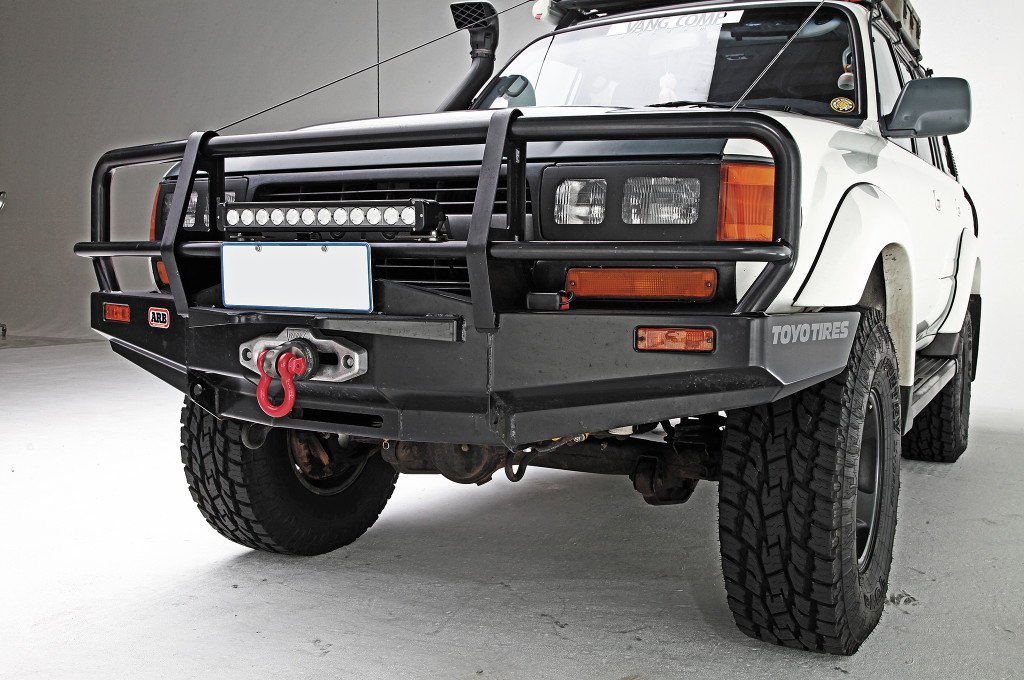
Batteries
With an array of additional lights, a Yaesu FT-8800R shortwave radio, and state-of-the art electronics (like a Kenwood touchscreen radio and Boston Acoustics and Kicker speakers), the Land Cruiser's electrical system would no doubt fry if they all ran on the original battery. So, York installed a dual-battery system with an Optima Red Top power plant running the alternator and winch and another feeding the auxiliary functions, like the electronics and radio. And as a backup, he fitted a 15-watt solar-charging panel to the roof.
Fuel and Food
A bug-out vehicle has to be more than just a mode of transportation. It must utilize every square inch for specific tasks or to house vital supplies. Why? Because when a calamity strikes, your vehicle might become your bedroom, kitchen, and warehouse for God knows how long. No wasted space allowed, so York maximized every compartment of his Land Cruiser.
In the event of a Mad Max scenario in which fuel is gold, York has his petrol needs covered — at least for some time. His rig has an auxiliary 44-gallon fuel tank, which more than doubles his travel range to about 700 miles. Inside, there's a mounted National Luna fridge for storing food and drinks. Connected to the Kaymar rear bumper is a Pelican chuck box that hides an onboard kitchenette. No joke. It holds a 5-pound propane tank, an 18-inch Partner Steel two-burner stove, and various pots and pans. This one-off kitchenette was the result of some fine craftsmanship by Nichols Autofab and the Argust brothers at Adventure Trailers.
And if that weren't enough, York installed a 27-gallon shower system with a hot/cold mixer and water pump.
Survival Storage
No off-grid rig would be complete without self-defense tools. Under the dash on the driver's side, there's a mount for a tanto blade. Behind the driver's seat is a custom-made stand for an AR-15 rifle that York fashioned from a fishing-pole mount. In the back, an Adventure Trailers Drawer System conveniently and safely secures his ammo and other firearms, including a badass Remington 870 that's been kitted-out by the shotgun gurus at Vang Comp Systems.
Topside, there's a BajaRack EXP roof rack that greatly increases the Land Cruiser's cargo-carrying capacity and where he keeps other survival gear. Other important supplies securely stowed include a shovel, a medical kit, and an SPA fire extinguisher.
At the Ready
The make and model of a bug-out vehicle isn't nearly as important as what you're prepping it for, how practical its setup will be in relation to your individual circumstance, and how well you know its capabilities and shortcomings.
With this vehicle, York has proven that with thorough research, proper craftsmanship, and a lot of help from friends, you can build an SUV for getting groceries, going camping, and facing the end of days. The Land Cruiser is a pavement pounder that can head for the hills at a moment's notice, making it the ideal off-grid rig.
12 mpg average
25 gallons = 300 miles
More than enough to go the 259 miles it takes to go from Prescott, AZ, to Las Vegas, NV
| Make & Model | 1994 Toyota
Land Cruiser FZJ80 |
| Owner | Clayton York of Prescott, Arizona |
| Engine | 4.5L six-cylinder |
| Drivetrain | 4WD |
| Horsepower | 212 |
| Height | 76 inches |
| Length | 188 inches |
| Width | 76 inches |
| Wheelbase | 112 inches |
| Ground Clearance | 14 inches |
| Cargo Capacity | 91 cubic feet |
| Curb Weight | 5,400 pounds |
| Height | 6'4″ |
| *Measurements are approximations |
| 45x Beer Keg Cargo Capacity (91 Cubic Feet) |
| Horsepower 212 x |
| 21⁄3 x Fiat Curb Weight (5,400 Pounds) |
| Fuel Range 759 Miles | San Francisco, CA -> Prescott, AZ |
| Stock Fuel Range 300 Miles | Las Vegas, NV -> Prescott, AZ |
| York's Land Cruiser: | 11 mpg average
69 gallons = 759 miles
Enough to go from Prescott, AZ, to San Francisco, CA |
| Factory Land Cruiser: | 12 mpg average
25 gallons = 300 miles
More than enough to go the 259 miles it takes to go from Prescott, AZ, to Las Vegas, NV |


